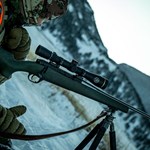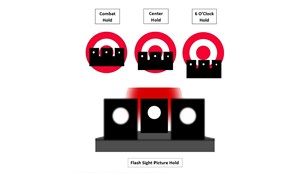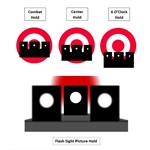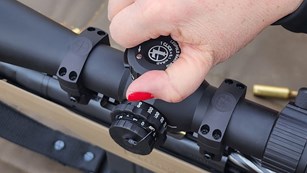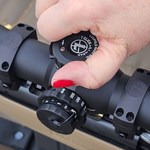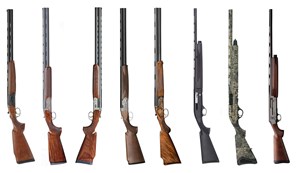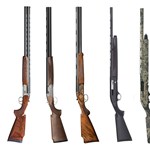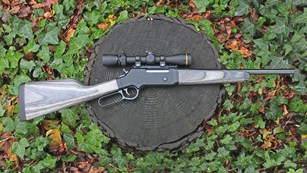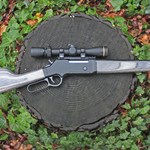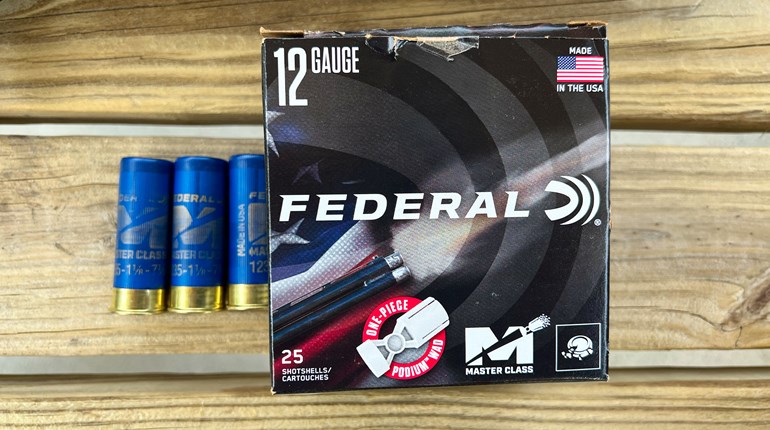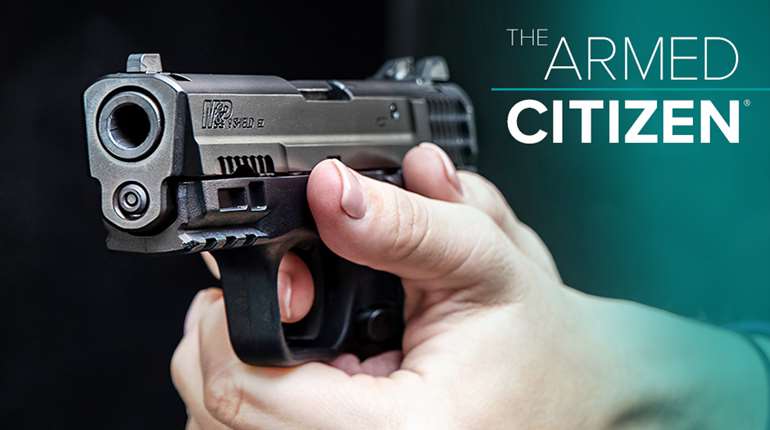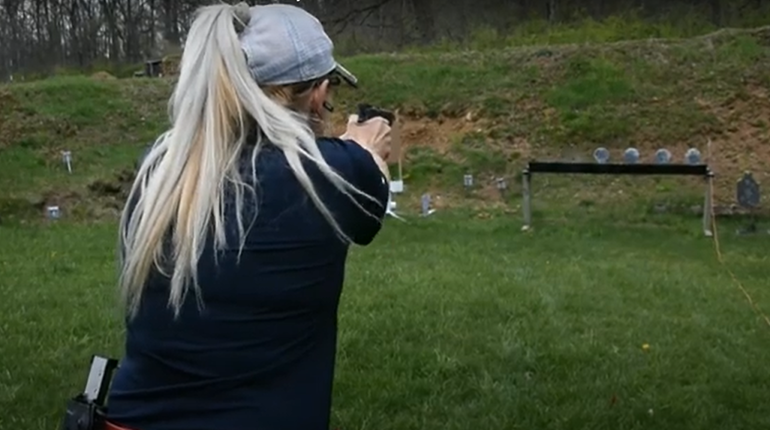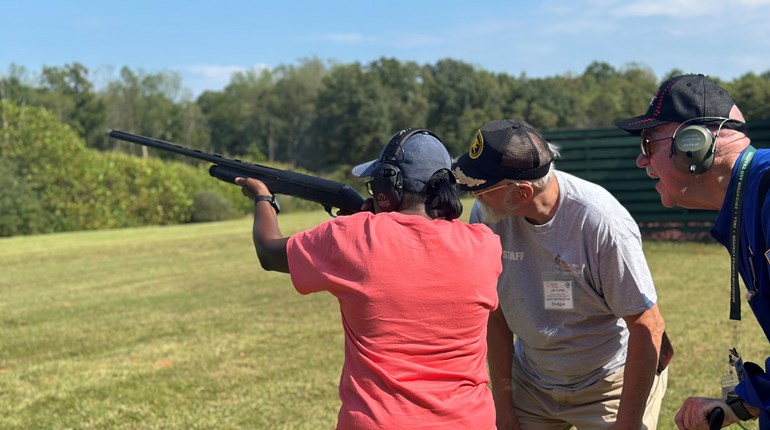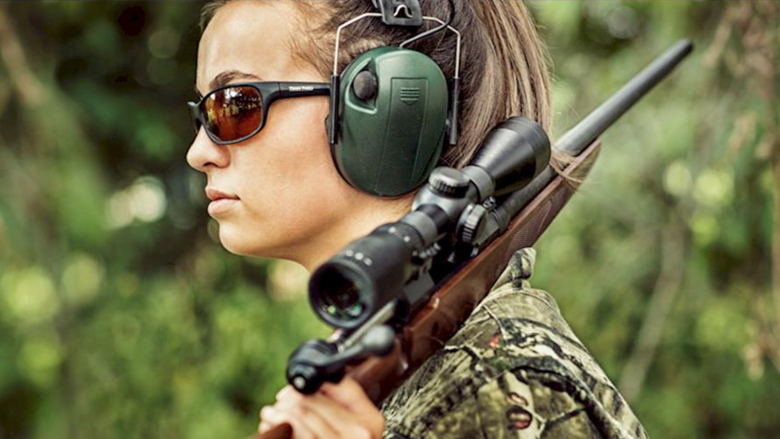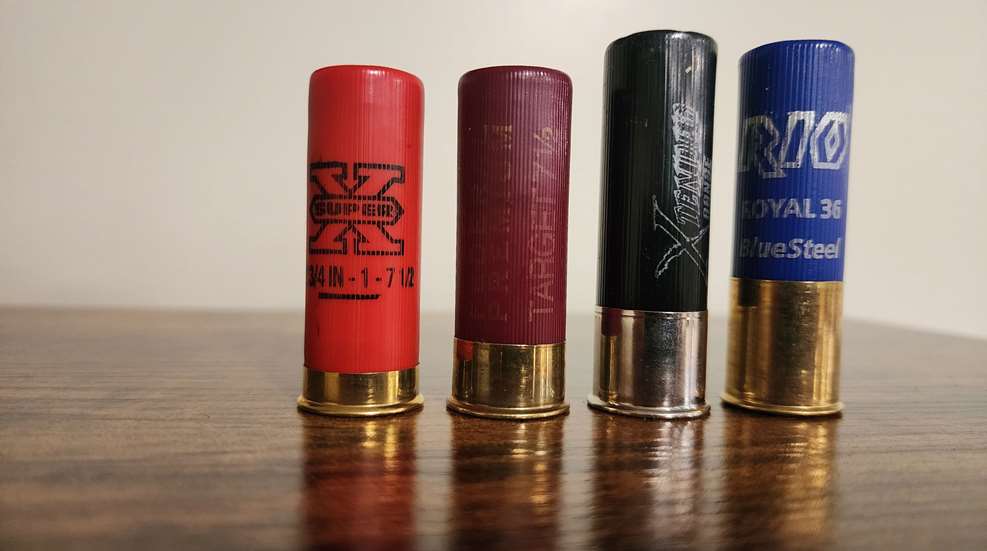
The brass at the base of a shotgun shell has an important job: It holds the primer and helps ensure safe, efficient firing, and it gives the extractor something to grab onto. When the primer goes boom and sets off a tiny little explosion/fire that will create pressure and propel the payload down the barrel, the metal base of the shell helps hold that explosion in its proper place.
At one time, particularly when hulls were still made of paper, higher-powered shells like those used for hunting used slightly higher metal bases to better contain the slightly larger tiny explosion of the more powerful shells. Target shells, which generate less pressure, could get away with less metal. Thus, hunting shells became synonymous with high brass and target shells became associated with low brass.
With modern shell technology and materials, that extra brass simply isn’t needed to contain the pressure of high-powered shells. But many manufacturers are still putting higher brass bases on hunting shells and lower bases on target shells anyway. Why?
It’s all about marketing and perception. Brass costs money, so back in the day, more brass meant manufacturers could charge more for the shells, and hunters have been conditioned for decades to associate high brass with “better,” more powerful, more expensive shells. Perception being reality, manufacturers continue to use high and low brass simply because that’s why buyers expect to see.
Now, it’s true that most of the time, when you see a shell with high brass, it’s going to contain more powder and be a more powerful shell than an average shell with a low brass base. But this is simple correlation, not causation as it was decades ago when shotshells truly needed more brass for safe firing. Today, higher-pressure shells can be made with low brass and lower-pressure shells with high brass (although why would they be, as it’s more expensive), so you can’t make assumptions based solely on brass height. As always, you should read the specs on a box of shotgun shells when evaluating what to use for a particular purpose, as the height of the shell’s brass is not a reliable stand-alone indicator.
In short, the technical answer to “What’s the difference between high brass and low brass shotgun shells?” is that there really isn’t one you can rely on other than the obvious cosmetic fact that one has more brass than the other.

